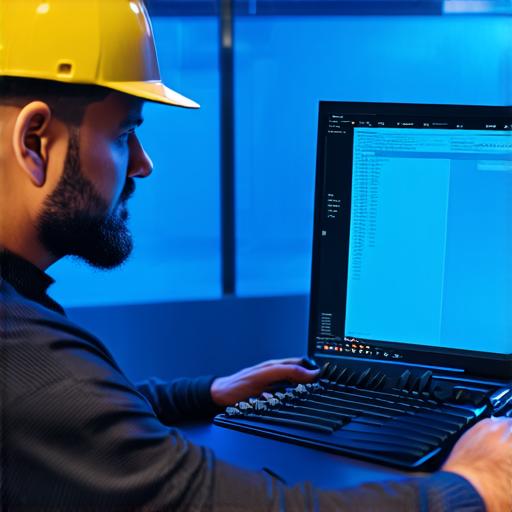Unity 3D is a powerful and versatile game engine that has been used to create some of the most immersive and engaging games in recent years. Whether you’re a beginner or an experienced developer, Unity 3D offers a wide range of features and capabilities that make it easy to bring your ideas to life.
In this article, we’ll take an in-depth look at some of the demos and capabilities of Unity 3D, as well as explore the benefits and drawbacks of using this engine for game development.
Getting Started with Unity 3D
Unity 3D is a cross-platform game engine that supports both 2D and 3D game development. It is widely used in the gaming industry, as well as in other fields such as education, entertainment, and architecture.
To get started with Unity 3D, you’ll need to download the engine from the official website and create a new project.
Once you have your project set up, you can start building your game by creating assets, scripting, and configuring settings. Unity 3D offers a wide range of tools and features that make it easy to create games for different platforms, including mobile devices, desktop computers, and consoles.
One of the key benefits of using Unity 3D is its ability to support both 2D and 3D game development. This means that you can use the same engine to create everything from simple 2D platformers to complex 3D open-world adventures.
Additionally, Unity 3D offers a wide range of built-in tools and assets that make it easy to create games without having to write custom code.
Demos and Capabilities of Unity 3D
One of the most impressive things about Unity 3D is its ability to handle complex graphics and effects. This engine can render high-quality graphics with minimal performance impact, making it a popular choice for game developers who want to create games that look and feel great on all platforms.
Another key feature of Unity 3D is its support for real-time rendering. This means that you can see your game in action as you’re building it, which can be incredibly helpful when debugging and optimizing your code.
Additionally, Unity 3D offers a wide range of built-in physics engines that make it easy to create realistic and dynamic game worlds.
Unity 3D also supports scripting in C, JavaScript, and Boo, which makes it easy for developers with different skill sets to work together on the same project. Additionally, Unity 3D offers a wide range of built-in tools and assets that make it easy to create games without having to write custom code.
Case Studies and Personal Experiences
One of the best ways to learn about Unity 3D is by looking at real-world examples of how it has been used in game development. There are many case studies and personal experiences available online that can give you a better understanding of what this engine is capable of.
For example, one popular case study involves the creation of the hit mobile game “Piano Tiles.” This game was built using Unity 3D and has been downloaded over 100 million times. The developers behind Piano Tiles were able to create a simple yet addictive game that has stood the test of time, thanks in large part to the capabilities of Unity 3D.

Another example involves the creation of “The Room,” a popular puzzle game that was built using Unity 3D. The developers behind The Room were able to create a highly immersive and engaging game world that kept players coming back for more, thanks in large part to the features and capabilities of Unity 3D.
Benefits and Drawbacks of Using Unity 3D
There are many benefits to using Unity 3D for game development, but there are also some drawbacks that you should be aware of before getting started.
One of the key benefits of Unity 3D is its ease of use. This engine is designed to be accessible to developers of all skill levels, which means that you can start building games with minimal experience.
